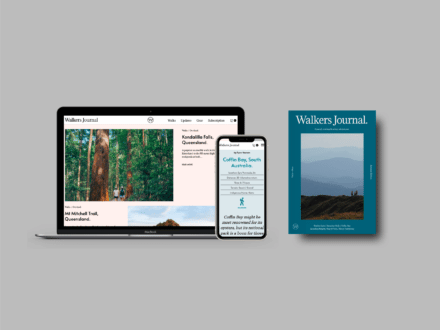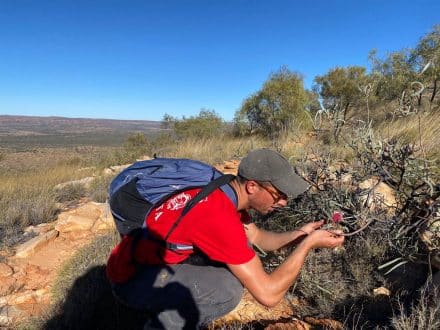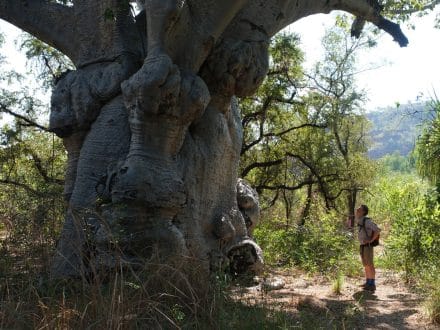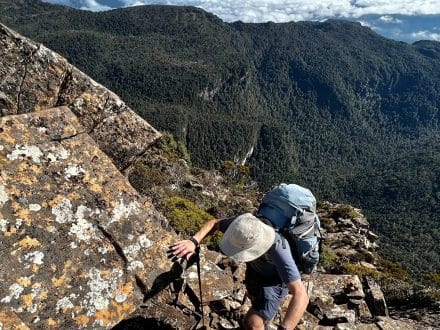Over a big four days, the highs and lows of this walk – both geographic and personal – are fabulously framed by icy water by day and open fires at night.
The closure of the Green Gully track due to flooding meant our plan to complete New South Wales’s only four-day hike sleeping in historic cattlemen’s shelters was in doubt right up to our departure date.




